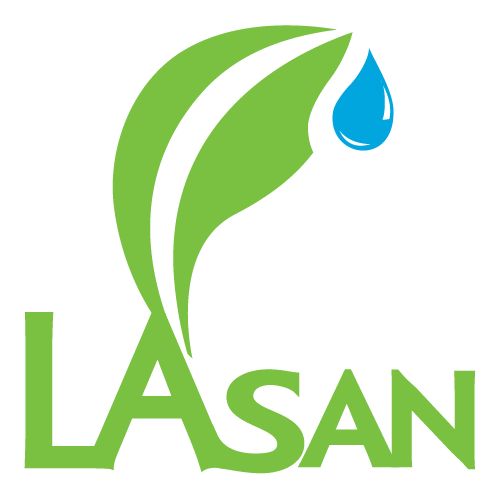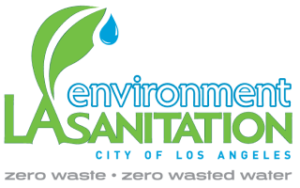Los Angeles, despite its urban landscape, is a thriving ecosystem rich in biodiversity. From the coastal plains to the mountain ranges, Southern California is home to a remarkable array of wildlife species. However, rapid urbanization and habitat loss threaten the survival of many of these creatures. Recognizing the importance of preserving local wildlife, the City of Los Angeles has partnered with the National Wildlife Federation to establish the nation’s largest certified Community Wildlife Habitat. This initiative aims to encourage residents to create wildlife-friendly environments in their own yards, fostering a network of interconnected habitats across the city.
Just imagine: stepping into your yard and being greeted by the full majesty of the natural world – the buzzing of bees, the chirping of birds, and the rustle of leaves as small creatures scurry about. Creating a wildlife habitat in your own garden not only brings you closer to nature but also plays a crucial role in preserving biodiversity and supporting local ecosystems. To help LA stay close to nature, here’s how you can get your own yard habitat certified.
The Five Essentials: Creating a Certified Habitat
To qualify as a certified wildlife habitat, your garden must provide five essential elements for wildlife.
- Food: Native plants are the cornerstone of a wildlife-friendly garden, providing essential food sources for insects, birds, and other animals. Choose a variety of native species that bloom at different times of the year to ensure a continuous supply of nectar, berries, seeds, and foliage.
- Water: Access to clean water is essential for wildlife survival. Consider incorporating a birdbath, a shallow dish, or a small pond into your garden design. Adding rocks or pebbles to the water feature provides landing spots for birds and prevents insects from drowning.
- Shelter: Wildlife need refuge from predators and inclement weather. Dense vegetation, such as shrubs, trees, and native grasses, offers shelter and nesting sites for birds, mammals, and insects. Fallen logs, brush piles, and rock formations provide additional hiding spots for small animals.
- Places to Raise Young: Specific native plants are vital for supporting the reproductive needs of wildlife. For example, milkweed is essential for monarch butterflies to lay their eggs, while certain species of oak trees provide habitat for nesting birds. By planting a diverse array of native flora, you create a welcoming environment for wildlife to raise their young.
- Sustainable Practices: Adopting sustainable gardening practices is essential for maintaining a healthy habitat. Avoid the use of chemical pesticides and fertilizers, as they can harm wildlife and pollute waterways. Instead, embrace natural alternatives, such as composting, mulching, and integrated pest management, to promote a balanced ecosystem.
If you’re at all unsure if you’ve met the requirements for any of these 5 elements, try running through this checklist before you submit your Wildlife Habitat Certification application to the National Wildlife Federation. You can also check out the Certified Wildlife Habitat web page to learn more about the types of certifications you can apply for, which native plants will attract which species and review FAQs about the National Wildlife Federation’s Certified Wildlife Habitat program.
Transforming your yard into a habitat haven isn’t just about creating a beautiful landscape—it’s about fostering a deeper connection with the natural world and taking meaningful action to protect our planet’s biodiversity. Whether you’re observing butterflies fluttering among the flowers or listening to birdsong in the trees, every moment spent in your wildlife-friendly garden is a reminder of the incredible diversity and resilience of life on Earth.
As you embark on your journey to create a wildlife habitat in your own backyard, remember that you are helping make a difference. By nurturing and preserving local ecosystems, you contribute to the well-being of future generations and create a legacy of conservation and stewardship that will endure for years to come.
Need help getting your habitat certified? Or maybe you already have a wildlife friendly yard and want to share some pictures with us? Either way, we’d love to hear from you at lastormwater@lacity.org.






